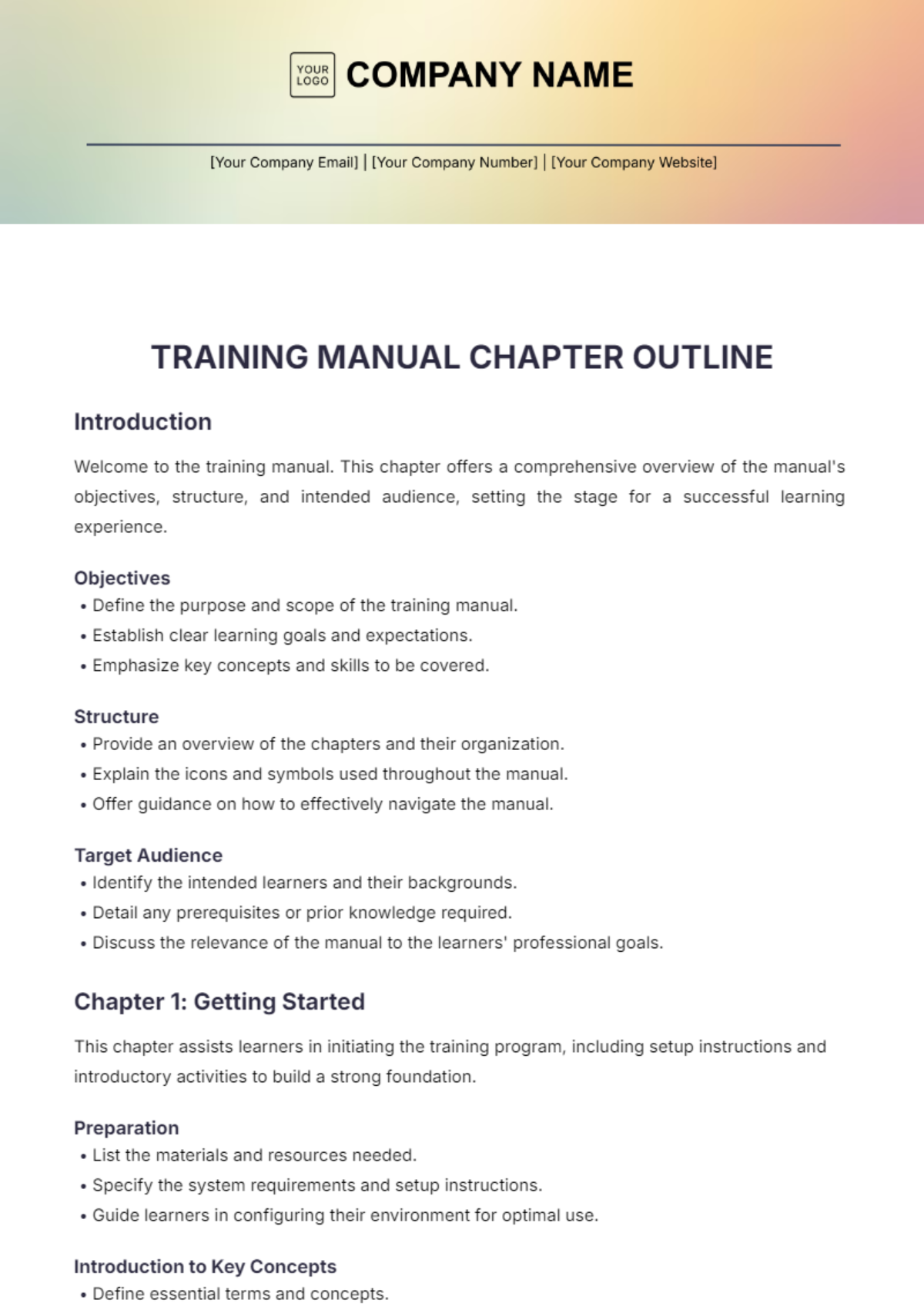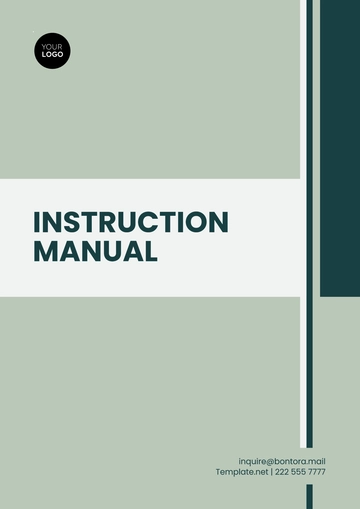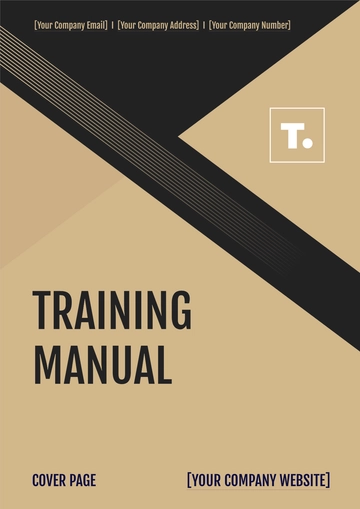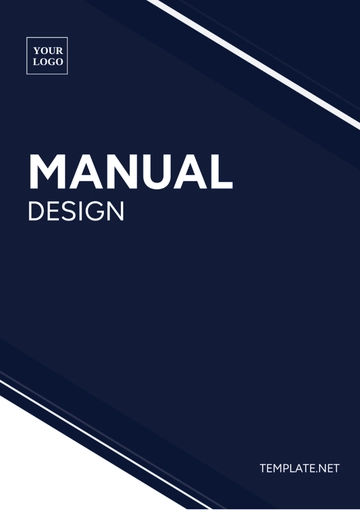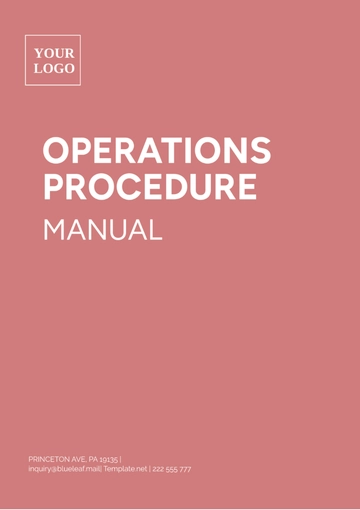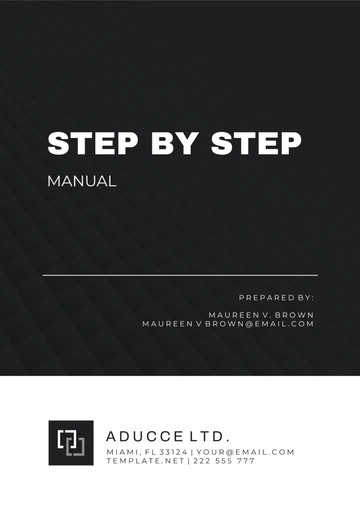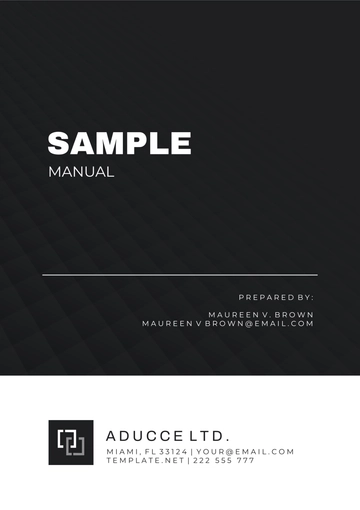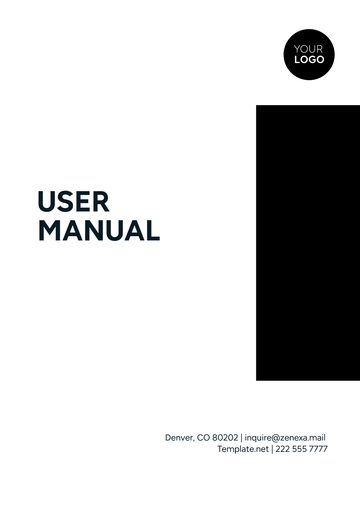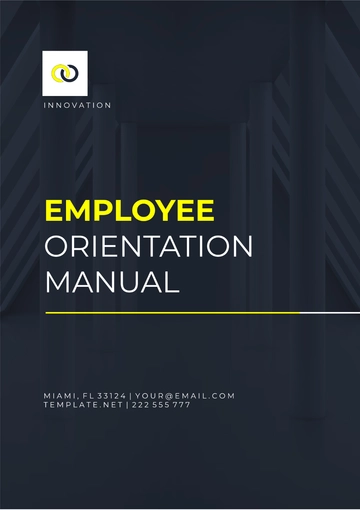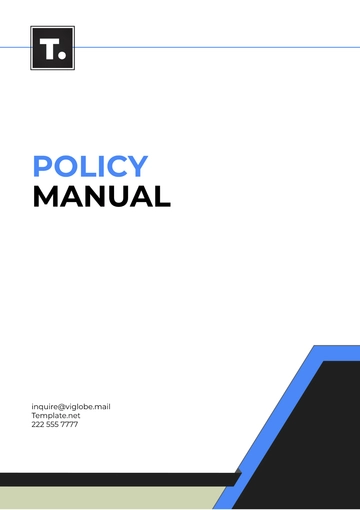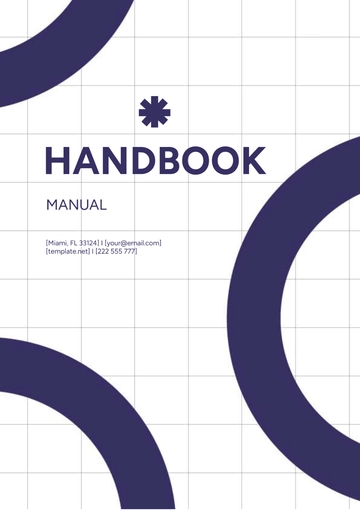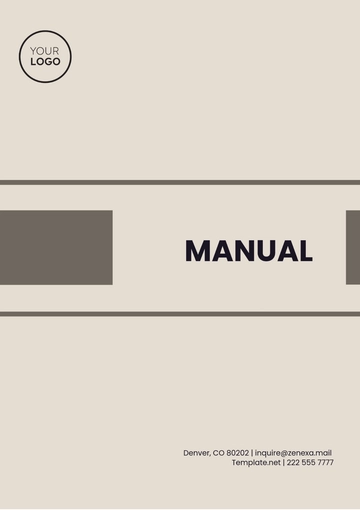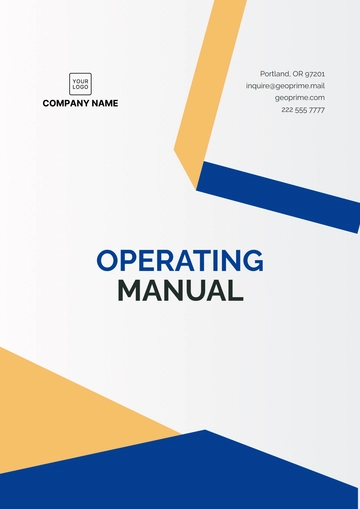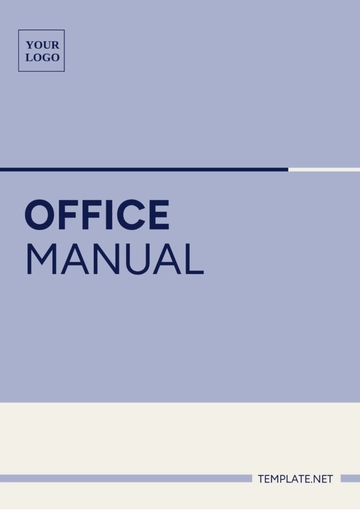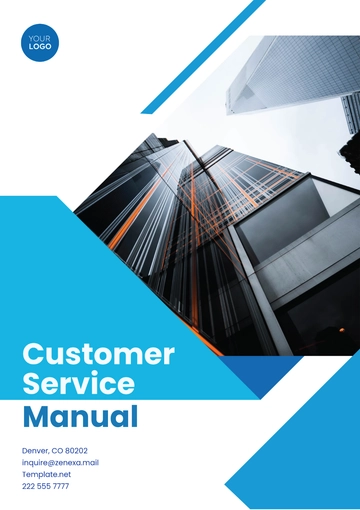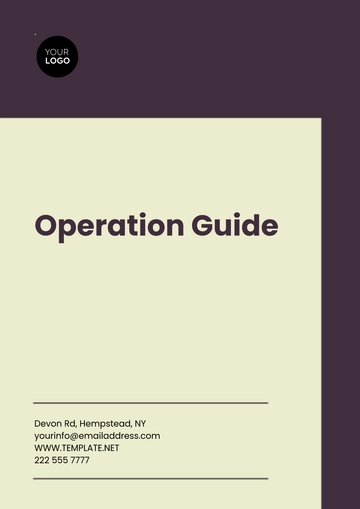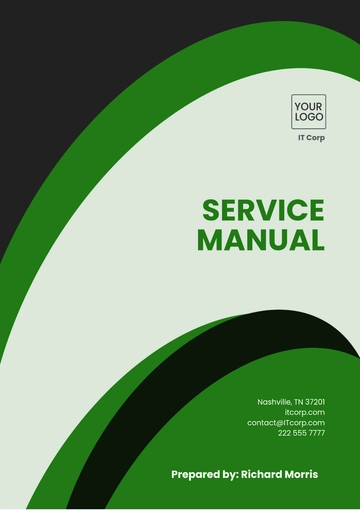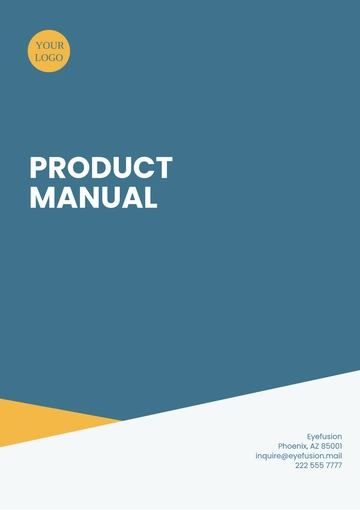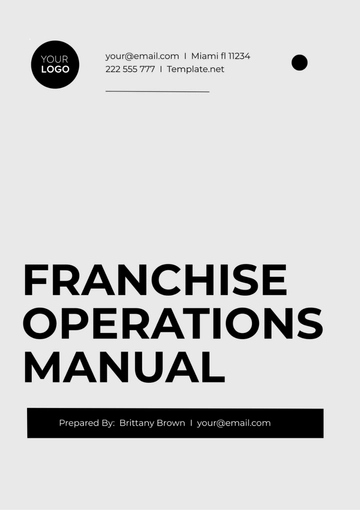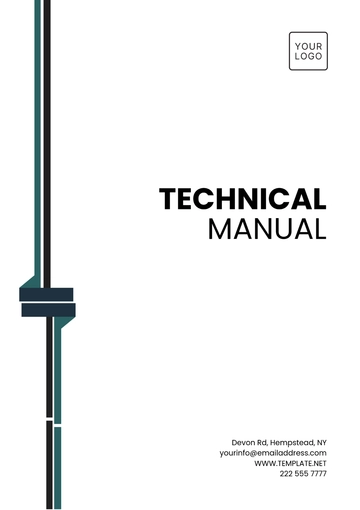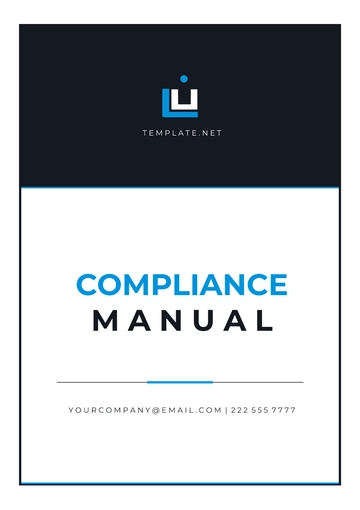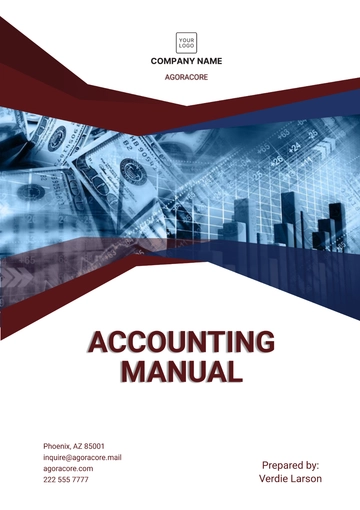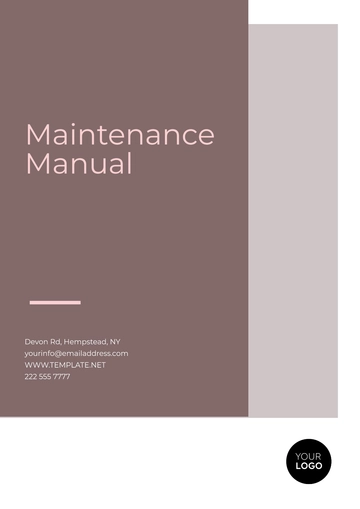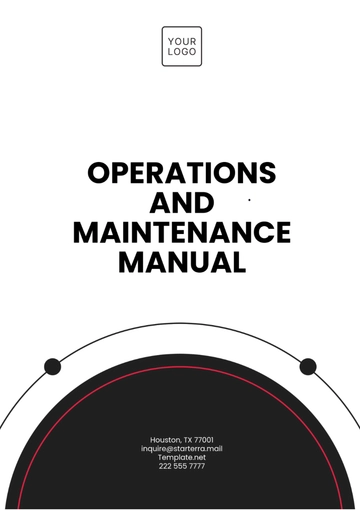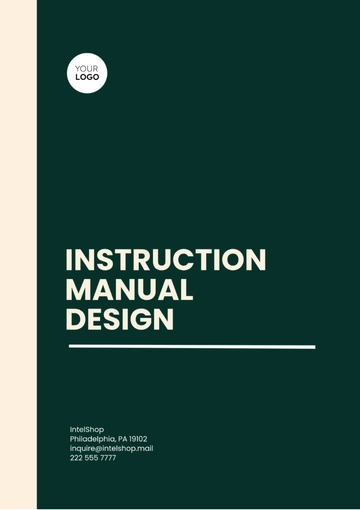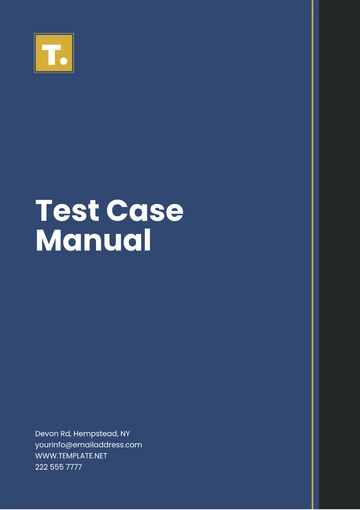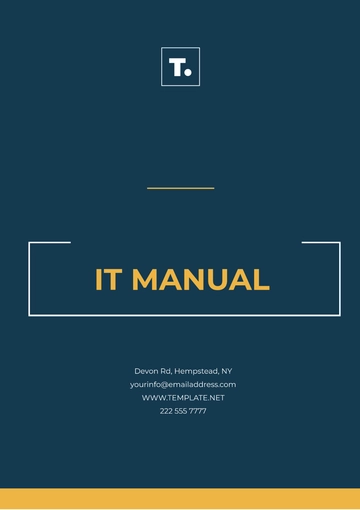TRAINING MANUAL CHAPTER OUTLINE
Introduction
Welcome to the training manual. This chapter offers a comprehensive overview of the manual's objectives, structure, and intended audience, setting the stage for a successful learning experience.
Objectives
Define the purpose and scope of the training manual.
Establish clear learning goals and expectations.
Emphasize key concepts and skills to be covered.
Structure
Provide an overview of the chapters and their organization.
Explain the icons and symbols used throughout the manual.
Offer guidance on how to effectively navigate the manual.
Target Audience
Identify the intended learners and their backgrounds.
Detail any prerequisites or prior knowledge required.
Discuss the relevance of the manual to the learners' professional goals.
Chapter 1: Getting Started
This chapter assists learners in initiating the training program, including setup instructions and introductory activities to build a strong foundation.
Preparation
List the materials and resources needed.
Specify the system requirements and setup instructions.
Guide learners in configuring their environment for optimal use.
Introduction to Key Concepts
Define essential terms and concepts.
Provide an overview of the core principles.
Offer basic troubleshooting tips to resolve common issues.
First Activities
Outline the initial exercises and practice tasks.
Provide tips for successful learning and engagement.
Encourage learners to apply new concepts through practice.
Chapter 2: Intermediate Skills
This chapter focuses on developing intermediate skills and applying foundational knowledge to more complex, real-world scenarios.
Advanced Concepts
Introduce intermediate-level terms and principles.
Offer detailed explanations and practical examples.
Connect new concepts to foundational knowledge for deeper understanding.
Practical Applications
Present real-world scenarios and case studies.
Provide step-by-step guides for applying intermediate skills.
Address common challenges and propose solutions.
Interactive Exercises
Facilitate hands-on practice activities and simulations.
Encourage group work and collaborative problem-solving.
Offer feedback and opportunities for self-assessment.
Chapter 3: Advanced Techniques
This chapter aims to equip learners with expert-level techniques and knowledge necessary for excelling in their field.
Expert Concepts
Provide an in-depth analysis of advanced topics and cutting-edge practices.
Discuss continual learning and professional development.
Explore the latest methods and innovative approaches.
Complex Problem-Solving
Introduce advanced troubleshooting techniques and strategies.
Present detailed case studies and complex problem scenarios.
Encourage reflection and the adaptation of strategies.
Special Projects
Outline long-term projects and collaborative assignments.
Guide learners through project planning, execution, and presentation.
Facilitate review and discussion of project outcomes.
Chapter 4: Review and Assessment
This chapter provides a structured approach to reviewing material, assessing knowledge, and planning for future growth.
Review of Key Concepts
Summarize major topics and learning outcomes.
Offer revision exercises to reinforce key concepts.
Identify areas for further study and improvement.
Assessment
Administer quizzes, tests, and practical exams to evaluate understanding.
Include peer and self-assessment opportunities.
Provide constructive feedback to support learning progress.
Next Steps
Recommend continuing education resources and opportunities.
Suggest career development tools and professional organizations.
Encourage learners to seek feedback and focus on continuous improvement.
Conclusion
The final chapter wraps up the training manual, providing a summary of key points and encouraging ongoing learning and development.
Summary
Highlight key takeaways from the training manual.
Reflect on the achievement of learning goals and objectives.
Offer encouragement and motivation for future success.
Additional Resources
Recommend further reading, books, and articles.
Suggest useful websites, tools, and professional communities.
Provide information on relevant professional organizations and networks.
Chapter Outline Templates @ Template.net
